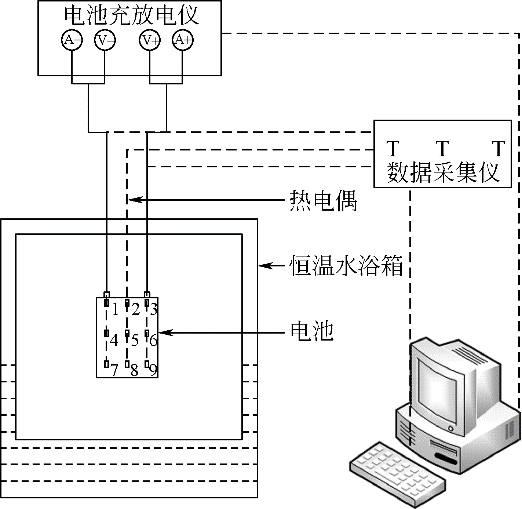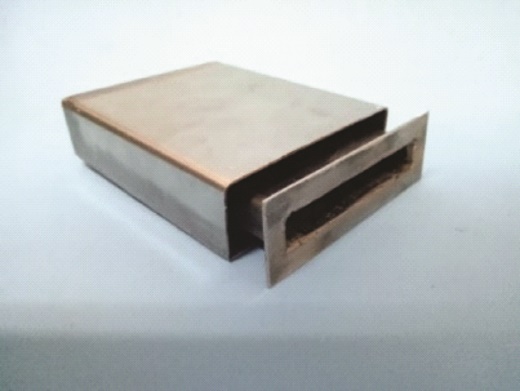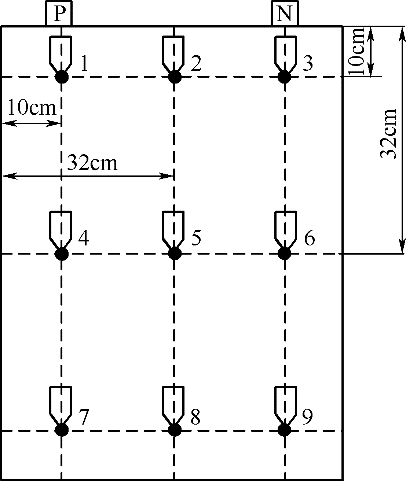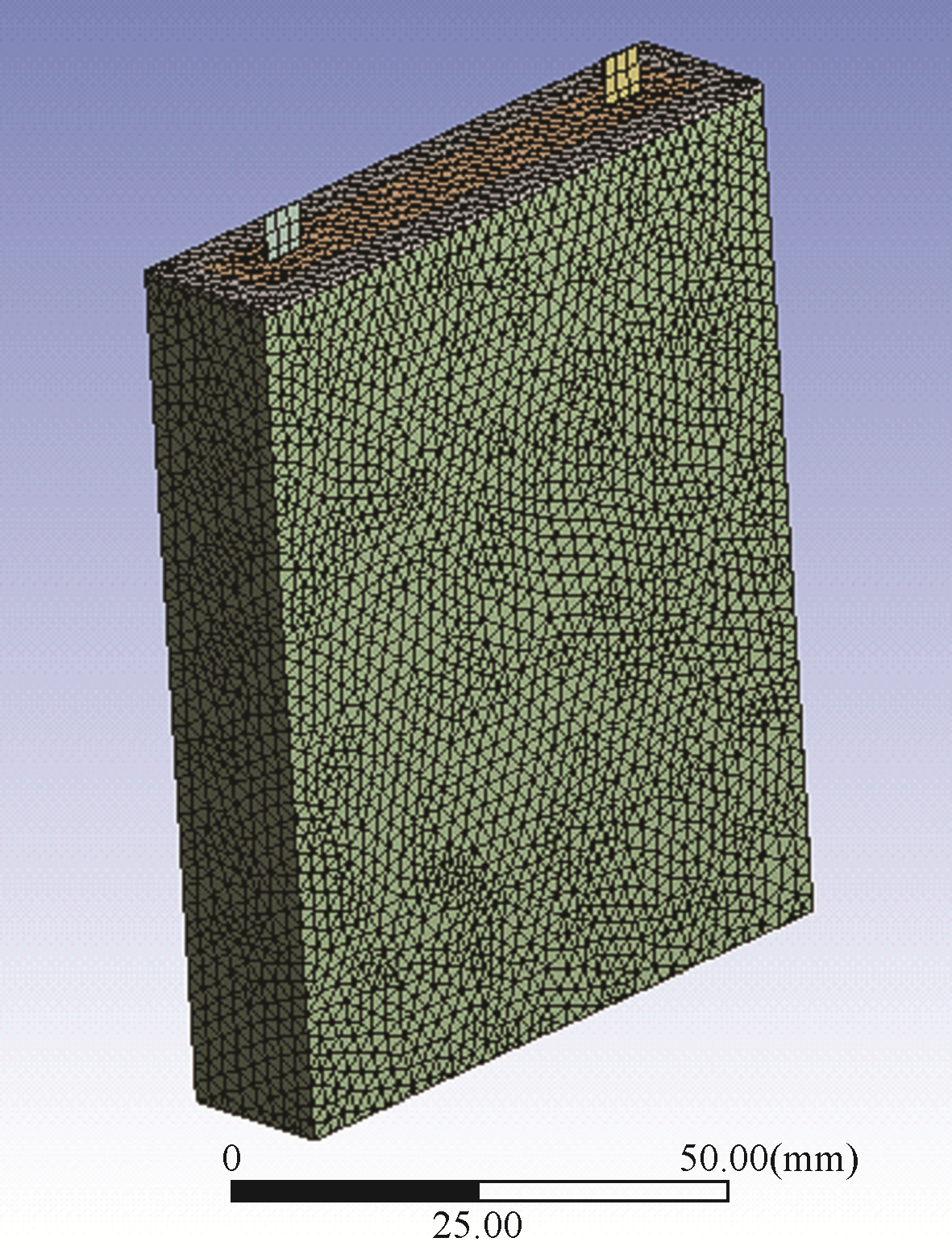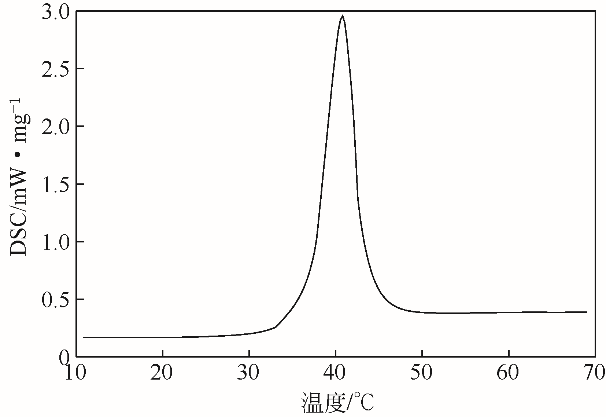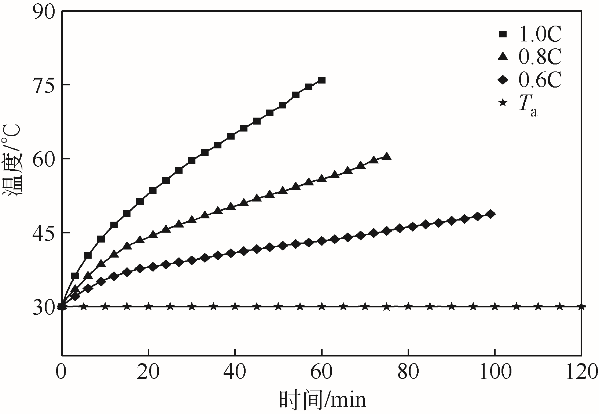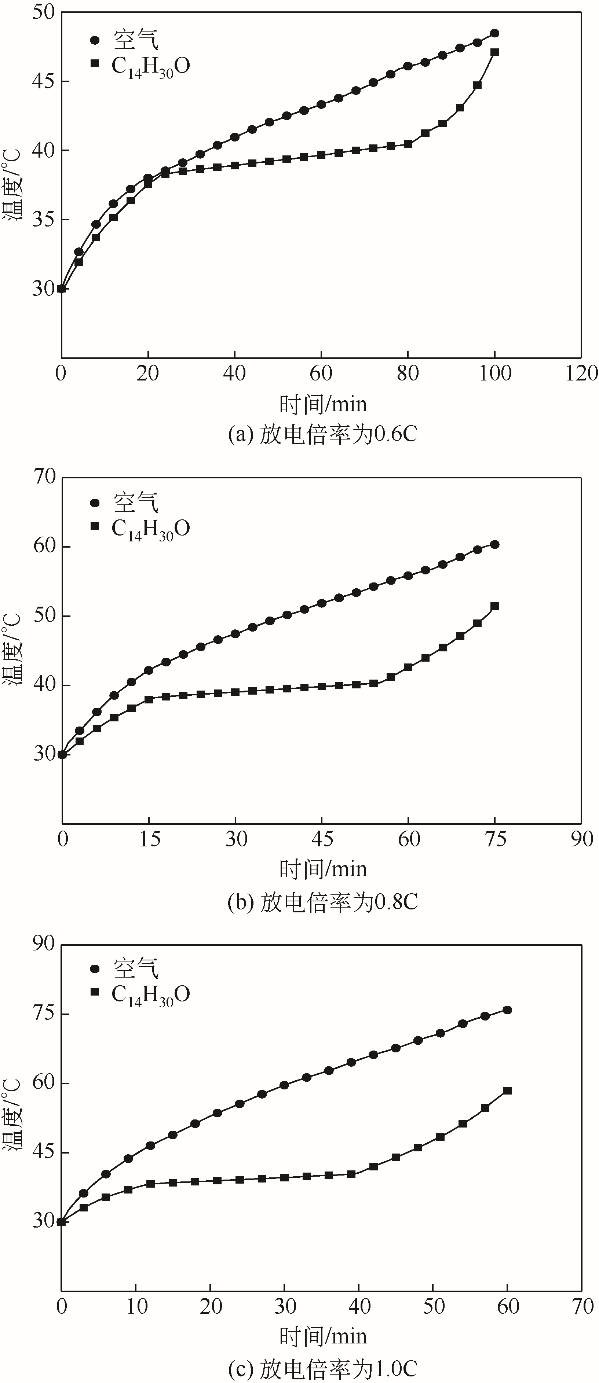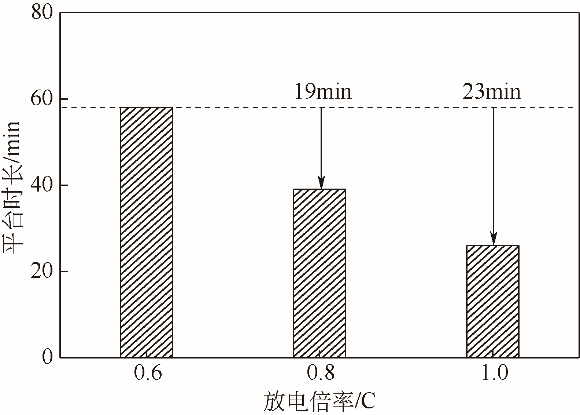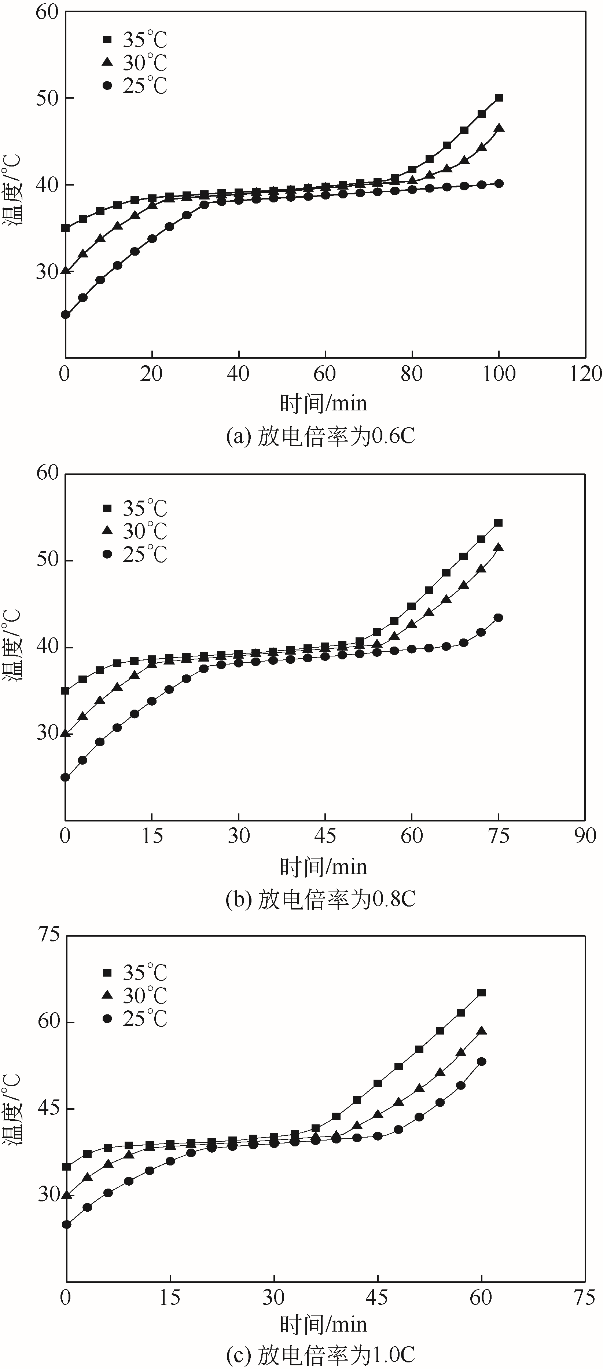| 1 |
宁阳天.基于削峰填谷的储能系统调度模型研究[D].上海:华北电力大学,2015.
|
|
NING Yangtian.Research on energy storage system dispatch model based on peak load shift[D].Shanghai:North China Electric Power University,2015.
|
| 2 |
墨柯.2013锂电产业发展展望[J].新材料产业,2013(2):26-31.
|
|
MO Ke.Prospects for the development of lithium battery industry in 2013[J].Advanced Materials Industry,2013(2):26-31.
|
| 3 |
张先文.正极材料LiNi0.5Mn1.5O4的制备和稀土掺杂改性研究[D].上海:上海交通大学,2013.
|
|
ZHANG Xianwen.Study of synthesis and modification of LiNi0.5Mn1.5O4 cathode material with rare earth element doping[D].Shanghai: Shanghai Jiao Tong University,2013.
|
| 4 |
曾乐才.储能锂离子电池产业化发展趋势[J].上海电气技术,2012,5(1):47-52.
|
|
ZENG Lecai.Research and analysis of lithium-ion battery industry development for energy storage[J].Journal of Shanghai Electric Technology,2012,5(1):47-52.
|
| 5 |
王鹏博,郑俊超.锂离子电池的发展现状及展望[J].自然杂志,2017,39(4):283-289.
|
|
WANG Pengbo,ZHENG Junchao.The present situation and expectation of lithium-ion battery[J].Chinese Journal of Nature,2017,39(4):283-289.
|
| 6 |
谢卫华.常用储能特性及其应用研究[J].通信电源技术,2017,34(3):90-95.
|
|
XIE Weihua.Study on common energy storage characteristics and applications[J].Telecom Power Technology,2017,34(3):90-95.
|
| 7 |
卢雪梅,宋薇.电池管理系统测试用锂电池融合模型研究[J].电源技术,2016,40(12):2435-2438.
|
|
LU Xuemei,SONG Wei.Fusion model research of lithium battery for testing of battery management system[J].Chinese Journal of Power Sources,2016,40(12):2435-2438.
|
| 8 |
陈礼春.我国锂离子电池产业技术创新问题研究[D].上海:上海师范大学,2013.
|
|
CHEN Lichun.Research on lithium-ion battery industry technology innovation in China[D].Shanghai:Shanghai Normal University,2013.
|
| 9 |
于建华.某储能设备企业在中国新能源市场发展战略研究[D].杭州:浙江理工大学,2015.
|
|
YU Jianhua.Research on the development strategy for energy storage equipment enterprise in new energy market of China[D].Hangzhou:Zhejiang Sci-Tech University,2015.
|
| 10 |
曹昌胜.混合动力电动汽车电池包热特性研究与优化[D].合肥:合肥工业大学,2013.
|
|
CAO Changsheng.Thermal characteristics research and optimization of battery pack for hybrid electric vehicle[D].Hefei:Hefei University of Technology,2013.
|
| 11 |
JI H,SELLAN D P,PETTES M T,et al.Enhanced thermal conductivity of phase change materials with ultrathin-graphite foams for thermal energy storage[J].Energy & Environmental Science,2014,7(3):1185-1192.
|
| 12 |
安治国,刘奇,郭敬谊,等.泡沫铝/石蜡PCM对锂电池组峰值温度的影响[J].电源技术,2018,42(8):1136-1139.
|
|
AN Zhiguo,LIU Qi,GUO Jingyi,et al.Effect of paraffin/aluminum foam composite PCM on Li-ion battery pack's peak temperature[J].Chinese Journal of Power Sources,2018,42(8):1136-1139.
|
| 13 |
王子缘. 46.8V/8.8Ah电池模组开发过程中的热性能研究[D].广州: 广东工业大学,2018.
|
|
WANG Ziyuan.The thermal performance research throughout the development process of 46.8V/8.8Ah battery module[D].Guangzhou: Guangdong University of Technology,2018.
|
| 14 |
MAHMOUD S,TANG A,TOH C,et al.Experimental investigation of inserts configurations and PCM type on the thermal performance of PCM based heat sinks[J].Applied Energy,2013,112(16):1349-1356.
|
| 15 |
李一.锂电池组复合相变材料热管理技术研究[D].北京:北京交通大学,2018.
|
|
LI Yi.Investigation on thermal management technology of lithium battery pack with composite phase change material[D].Beijing:Beijing Jiaotong University,2018.
|
| 16 |
黄云峰.正十四醇/聚苯乙烯微胶囊的制备及应用[D].上海:东华大学,2017.
|
|
HUANG Yunfeng.Preparation and application of myristyl alcohol microcapsules in polystyrene[D].Shanghai:Donghua University,2017.
|
 ),Daoping LIU1,Liang YANG1,2(
),Daoping LIU1,Liang YANG1,2( )
)
